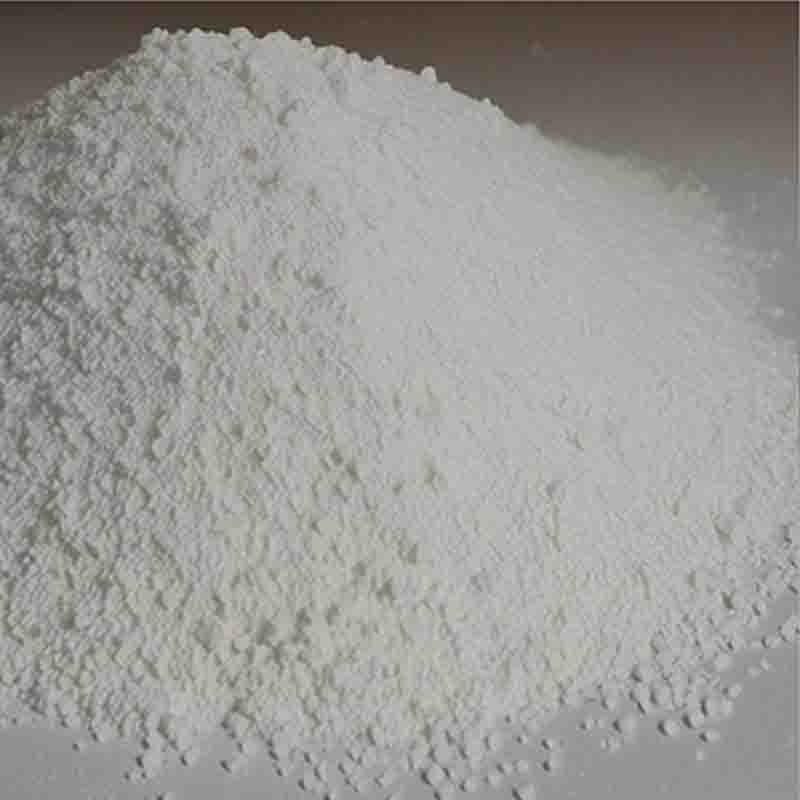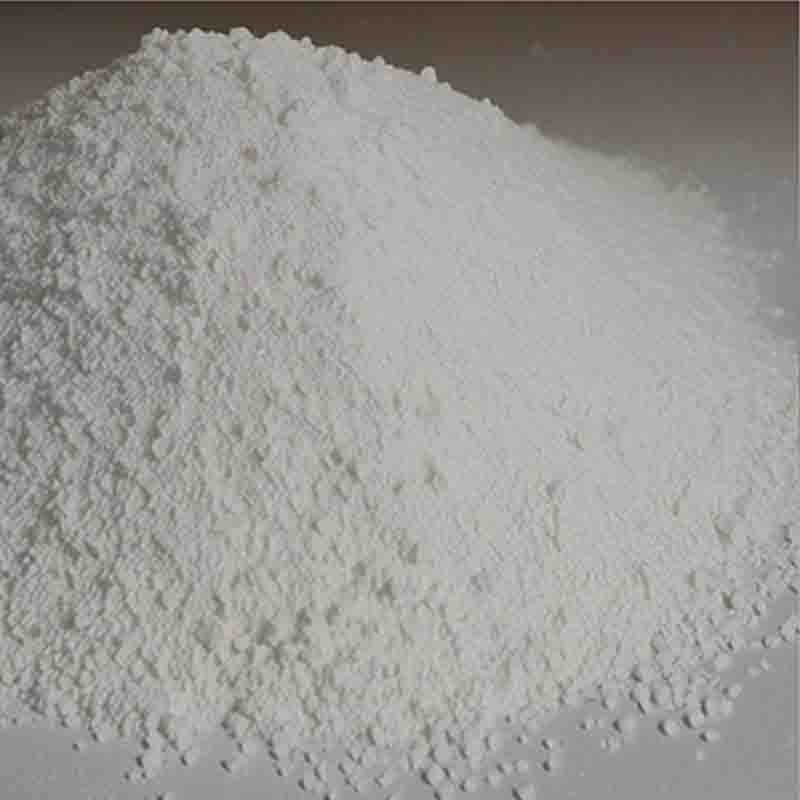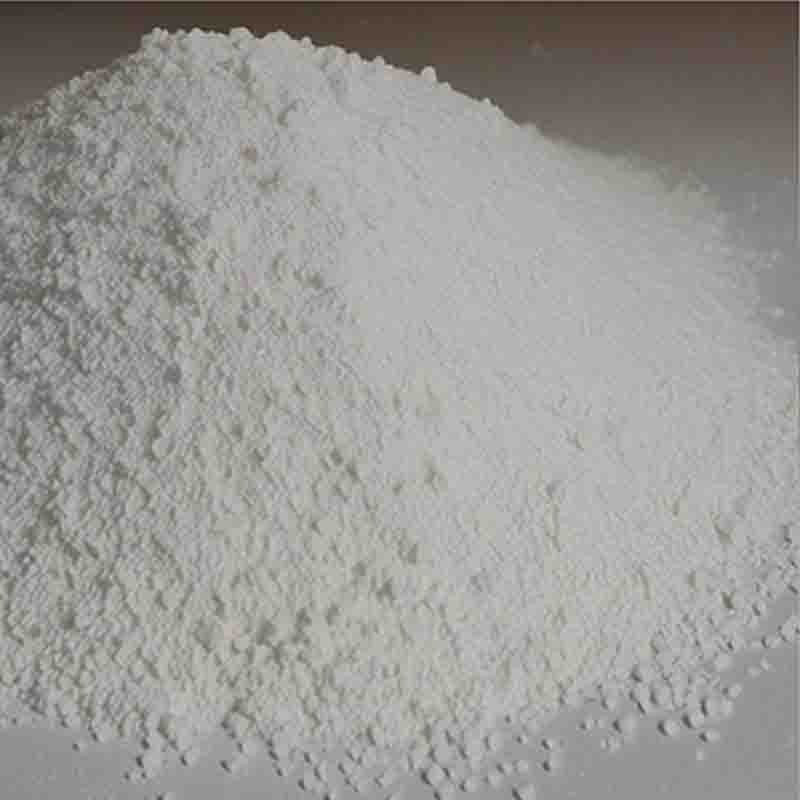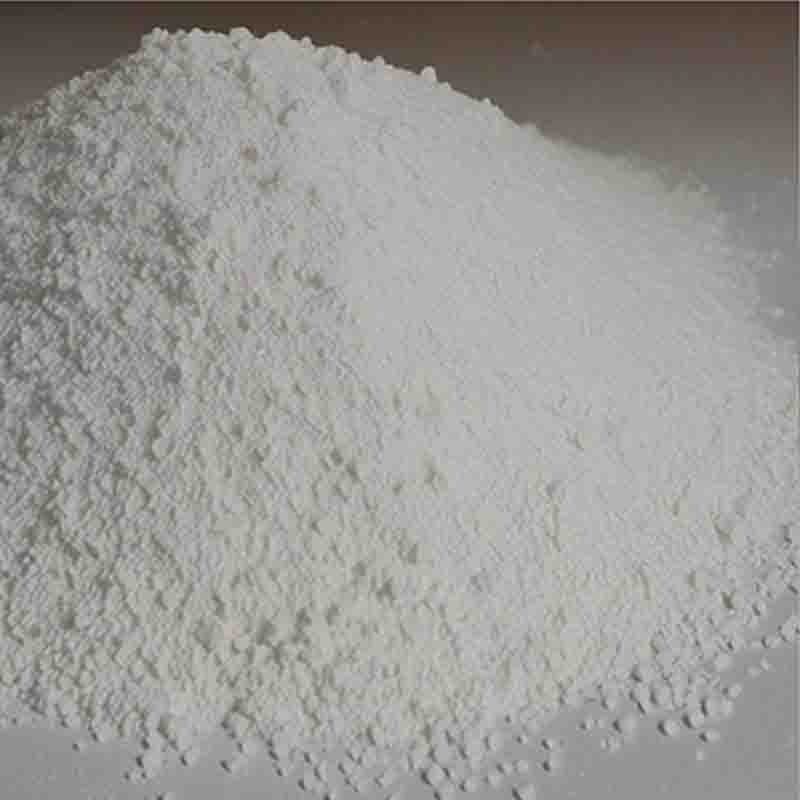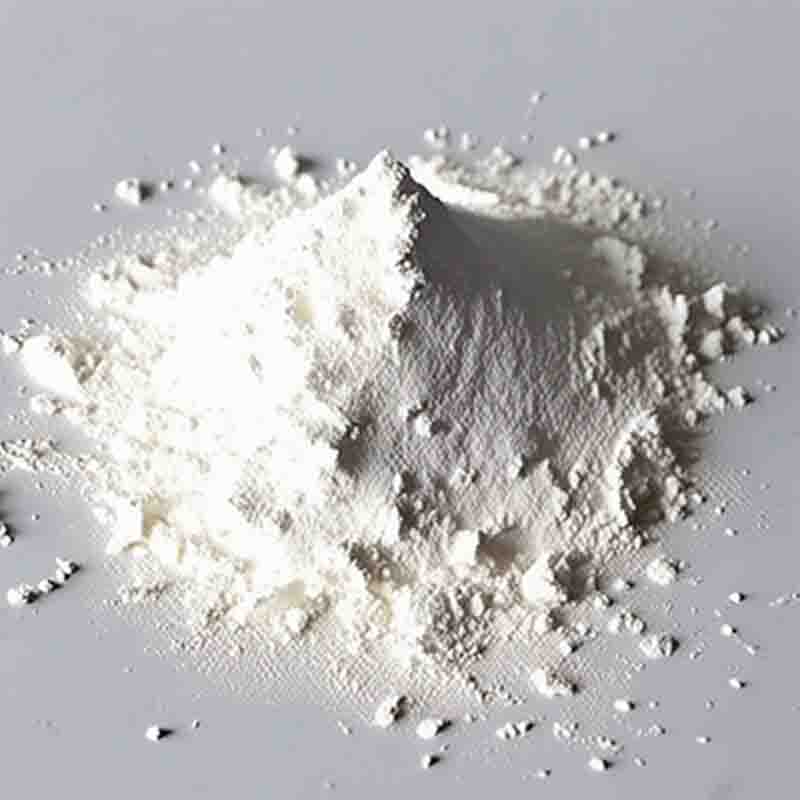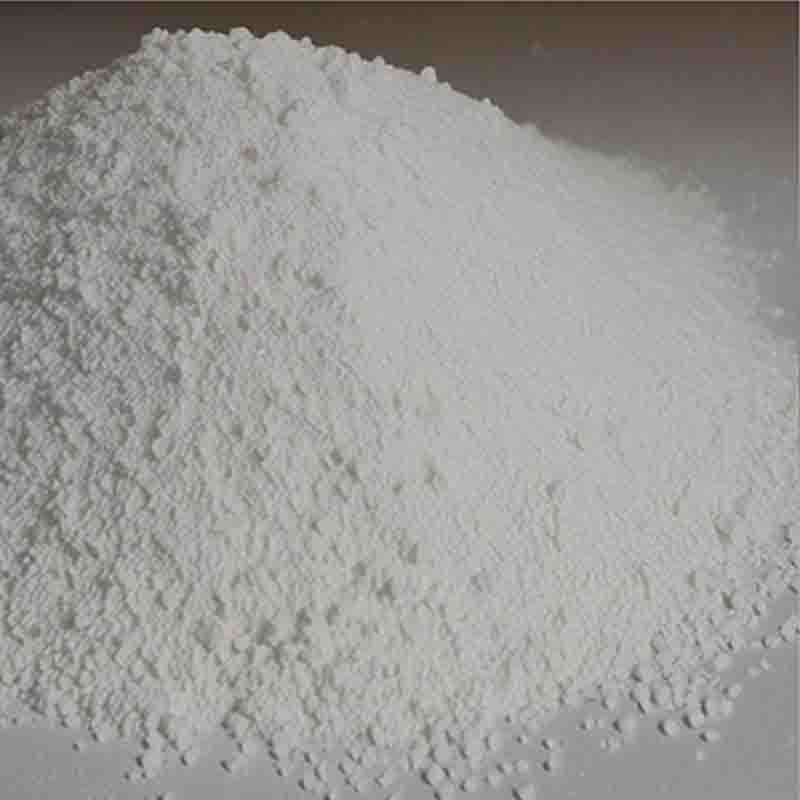2-Amino-4,5-dimethoxybenzoicacid CAS:5653-40-7
| Catalog Number | XD94784 |
| Product Name | 2-Amino-4,5-dimethoxybenzoicacid |
| CAS | 5653-40-7 |
| Molecular Formula | C9H11NO4 |
| Molecular Weight | 197.19 |
| Storage Details | Ambient |
Product Specification
| Appearance | White powder |
| Assay | 99% min |
2-Amino-4,5-dimethoxybenzoic acid is a chemical compound that belongs to the class of benzoic acids. While specific research on its effects may be limited, we can explore the potential properties and implications of this compound based on its structure and chemical properties.From a chemical standpoint, the presence of an amine group (-NH2) and two methoxy groups (-OCH3) on the benzene ring suggests that this compound may have diverse biological activities.Firstly, the amine group in 2-Amino-4,5-dimethoxybenzoic acid implies the potential for interactions with biological systems. Amines are known to participate in various biochemical processes such as enzyme reactions, cell signaling, and neurotransmission. This suggests that 2-Amino-4,5-dimethoxybenzoic acid could potentially have an impact on these processes, although specific research on this compound is needed to confirm its effects in these areas.The presence of the methoxy groups also adds unique characteristics to this compound. Methoxy groups are known for their electron-donating properties, which can influence the reactivity and behavior of the compound. Methoxy groups are often found in natural products and pharmaceuticals, suggesting that 2-Amino-4,5-dimethoxybenzoic acid may have the potential for various pharmacological effects.Moreover, the benzoic acid moiety itself has been widely studied for its bioactive properties. Benzoic acids have been shown to possess antibacterial, antioxidant, and anti-inflammatory activities. These properties have led to the utilization of benzoic acid derivatives in the development of drugs, topical treatments, and food preservatives.In conclusion, while specific research on the effects of 2-Amino-4,5-dimethoxybenzoic acid may be limited, we can speculate based on its chemical structure and properties that it could potentially exhibit various bioactive effects. Further research is needed to explore its pharmacological properties, potential therapeutic applications, and mechanisms of action.


